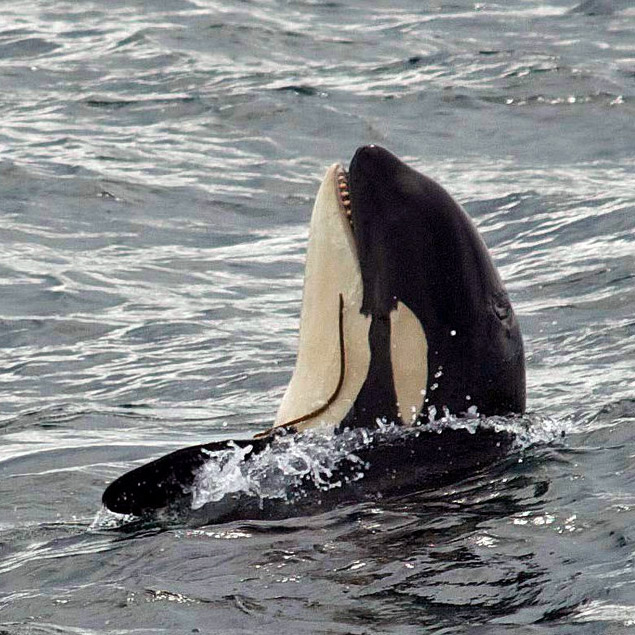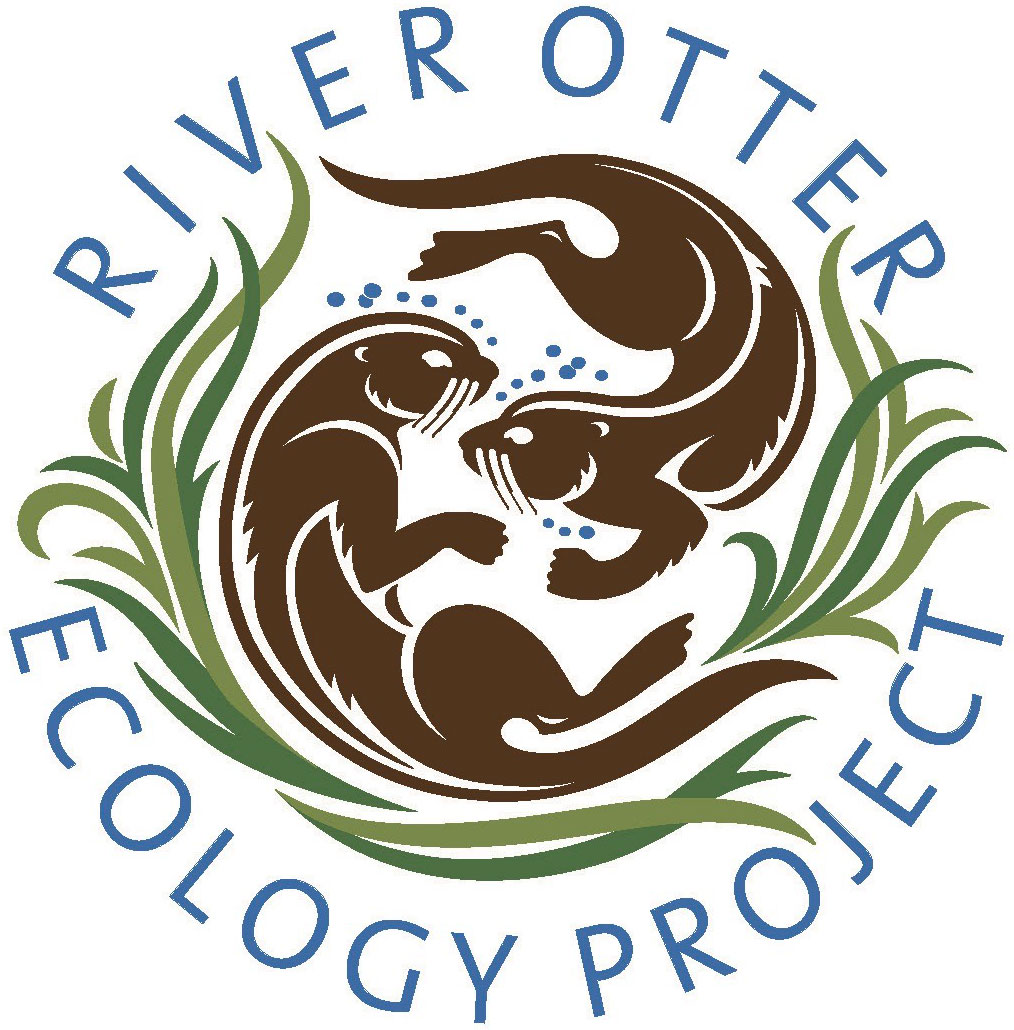Orca Pod

There are two types of orca pods: resident and transient. Resident pods are orcas that stay in a smaller general area, common in the Pacific Northwest, and eat mostly fish.
Most orca pods seen in the Northern California coast are transient, meaning that they stay in an area when food is present and move to other areas when the food is gone. Transient orcas pursue a wide variety of prey, including seals, sea lions, dolphins, whales and even seabirds.
Members of a pod, which can number up to fifty, hunt cooperatively. When hunting large marine mammals, orcas surround the individual, close in on it and literally drive it straight into the mouths of their fellow pod members. Often they begin eating their prey before it is killed.
Each orca pod has its own unique dialect, which is passed down from mothers to calves. Orcas have special calls that can be heard up to two miles away underwater for communicating to pod members, much like wolves keep track of each other by howling.
The River Otter Ecology Project is a registered 501 (c)(3) EIN #45-4997526 non-profit organization dedicated to the welfare of river otters and our watershed. We receive no government funding, and depend solely on financial support from our friends. Our organization is not affiliated with any other otter-related research group or community outreach organization.
© 2018 River Otter Ecology Project
Contact
River Otter Ecology Project
PO Box 103
Forest Knolls, CA 94933
General email
